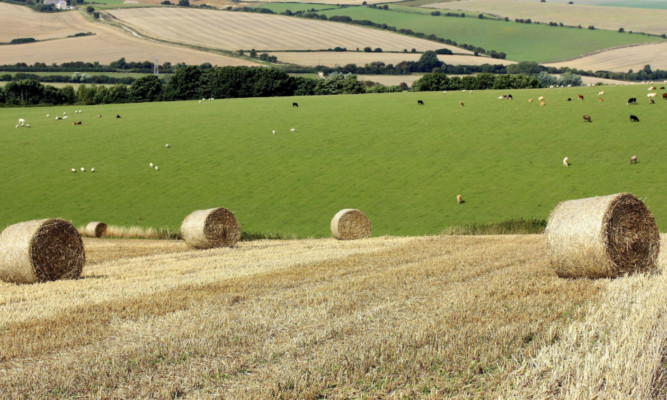The vast gap between Scotland’s highest and lowest earning agricultural farm businesses has stood firm, irrespective of recent favourable shifts in policy or prices as a result of market volatility.
Putting 14 years of anonymous income figures under the microscope, that was the conclusion drawn from analysis of the Farm Accounts Survey of Scotland collected by Scotland’s Rural College (SRUC).
The study was supervised by Dr Andrew Barnes of SRUC’s Land Economy, Environment and Society Research Group.
“The inequality of farm incomes has been of increasing concern,” he said.
“Over the years there have been various initiatives to help bring the poorer performers more in line with those doing better or to compensate for events leading to a sudden drop in incomes.
“What this study shows is that they are not having the desired effect,” he said.
Using analytical techniques, PhD student Kalina Kasprzyk studied 151 Scottish farms, measuring the spread of individual net farm income in comparison to the national average.
Ms Kasprzyk found that while average net farm income moved up or down over the period of 14 years, none of the farms in the bottom quarter moved out of that group.
Farms in the higher performing groups also maintained their top status.
“Transitory shocks like droughts or floods may cause blips, but what this work shows is that the substantial inequality within the industry is structural and persistent,” said Dr Barnes.
“The higher incomes are held by a small proportion of farmers.
“While the focus of the recent CAP reforms was a fairer distribution of support we will have to wait to see how effective that might be.
“We also need to dig a bit further into other measures of income to discover what factors are preventing farms in the survey improving their performance and moving their position.”
